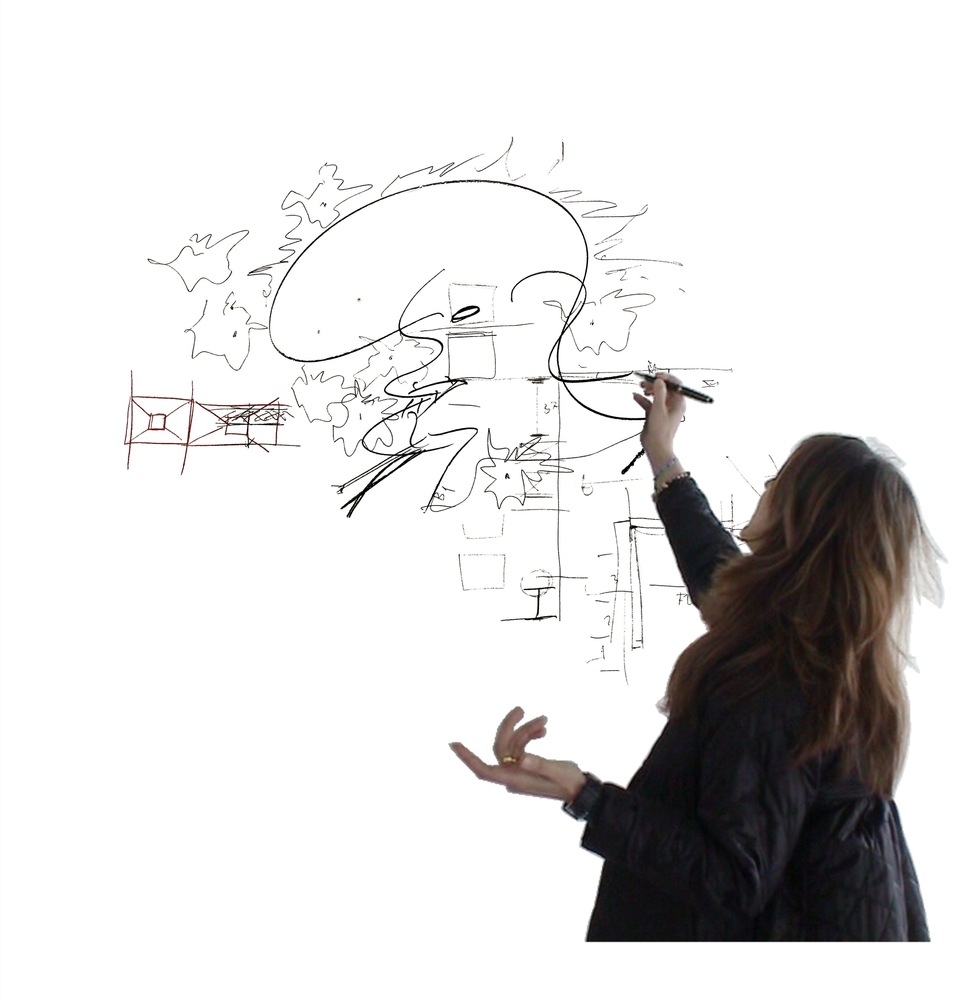NEUROARCHITECTURE

The Doctor and Researcher, Jonas Salk, during the development of his research in the early fifties, realised the importance that space had for the flow of creative process, ideas, inspiration and knowledge. With this conviction, in 1966, he commissioned the Architect, Louis Kahn, to design and construct the Salk Institute for Biological Studies in San Diego (California). A building that is a magnificent architectural reference and the first example of the relationship between Neuroscience and Architecture, given that it was designed to promote the best conditions of intellectual and physical comfort, taking into account how the human brain works.
One of the basic pillars of the relationship between Architecture and Neuroscience arose 25 years ago, when it was discovered that the human brain is capable of continuous alteration. Until then, it was believed that the adult brain lost neurons as it aged, and that the body, unlike skin cells, was incapable of replacing them.
At the end of the 1990s, several investigations, such as the one led by Neurobiologist, Fred Gage, demonstrated that neurons are born throughout a human life, especially in the hippocampus, the region of the brain dedicated to processing new information and storing memory. In 2003, the American Neurobiologist presented his discovery at a congress of the American Institute of Architecture, enunciating a key idea: changes in the environment change the human brain and, therefore, also modify its behaviour.
From that point, Neuroarchitecture began to develop as an autonomous discipline at the Academy of Neuroscience for Architecture (ANFA) in San Diego. Its objective is to understand how the habitat, in which human beings carry out their daily life activities, affects their physical and mental health, their state of mind and their behaviour.
Neuroarchitecture investigates the functional requirements which buildings must have to favour certain acts in undertaking daily activities. Based on the required needs, various areas of study are addressed, such as: sensory perception, routes, orientation, space and place. Understanding the principles of Neuroscience serves as a guide for the design of the built environment, improving spatial orientation, reinforcing cognitive abilities, facilitating positive emotions and motivation. It investigates how the different aspects of an architectural environment can influence certain brain processes, among which are stress, emotion, memory or learning.
The challenge for Architecture is to know how the brain works, when faced with certain spatial demands, and to understand why there are places that favour, or harm, certain states of mind. The importance of the built space in people’s lives is revealed by the fact that 90% of the time spent awake, is spent inside a building or in a closed environment. The World Health Organization (WHO) maintains that 30% of current buildings are sick buildings, which do not help the human body maintain a balance and, consequently, some illnesses appear, and other latent ones worsen. Through the results of its research, Neuroarchitecture has shown that a certain spatial configuration can affect and influence aspects of human behaviour.


